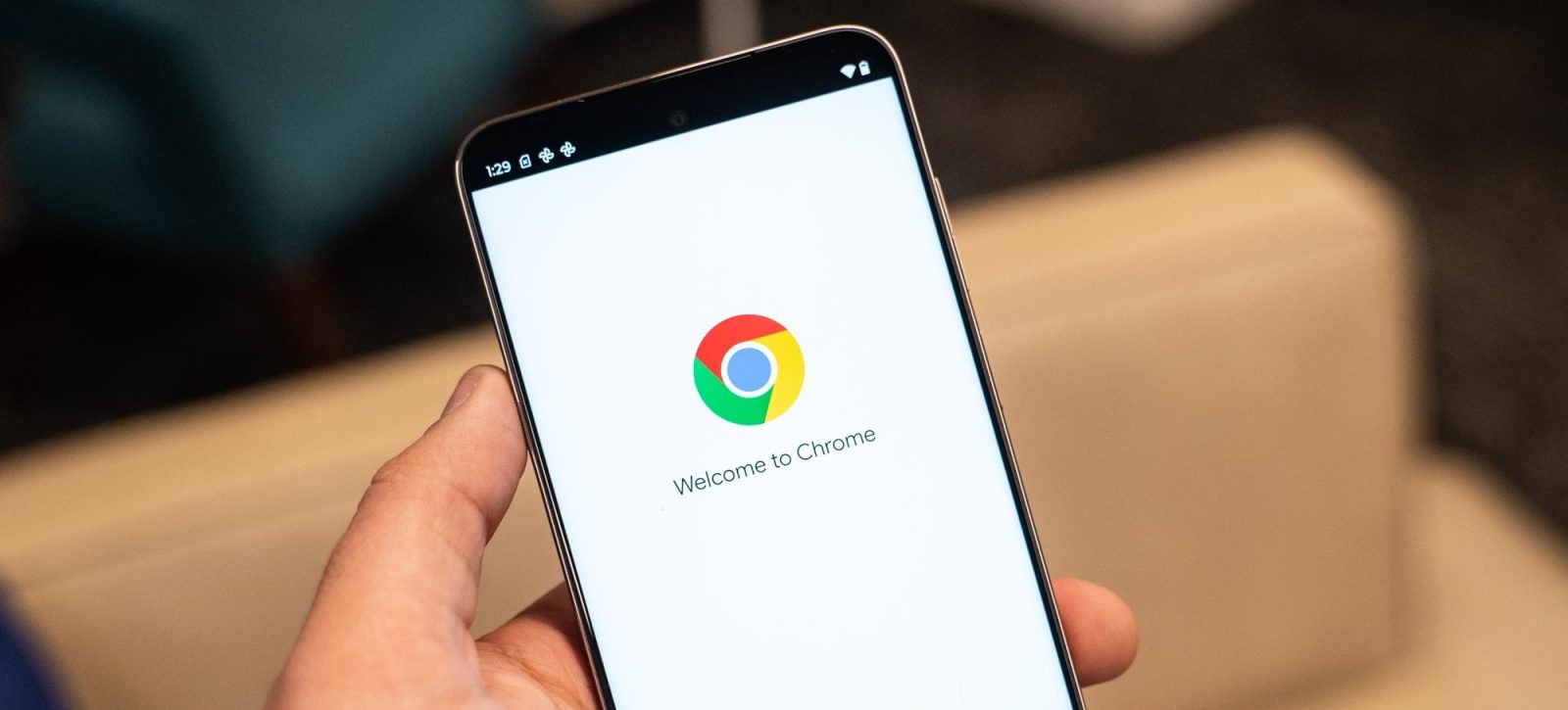Google Chrome has initiated the rollout of a bottom-positioned address bar for Android users, enhancing accessibility and user experience. This feature, previously available on Chrome for iOS since October 2023, is now making its way to Android devices.
The new design allows users to relocate the Omnibox—the combined address and search bar—to the bottom edge of their screens. This adjustment aims to improve reachability, especially on larger devices, by positioning essential navigation elements closer to the user’s thumb. To activate this feature, users can long-press the address bar and select the option to move it to the bottom. Alternatively, navigating to the Address bar section within Chrome’s settings provides the same functionality.
However, while the address bar’s position has shifted, other interface elements remain unchanged. The three-dot overflow menu, which houses options like bookmarking, opening new tabs, and accessing history, still appears at the top of the screen. This placement may require users to adjust their interaction habits, as these controls are not yet optimized for the new layout.
In addition to the address bar modification, Chrome has introduced a comprehensive redesign of its settings menu. The updated structure is as follows:
– You and Google: This section remains at the forefront, focusing on user account integration and synchronization features.
– Basics: Streamlined to include four primary options:
– Search Engine: Allows users to select their preferred search provider.
– Address Bar: Manages settings related to the Omnibox, including its position.
– Privacy and Security: Offers controls over browsing data, site permissions, and security features.
– Safety Check: Provides tools to assess and enhance browser security, such as checking for compromised passwords and ensuring the browser is up to date.
– Passwords and Autofill: Consolidates settings related to:
– Google Password Manager: Manages saved passwords and offers suggestions for strong credentials.
– Payment Methods: Stores and manages credit card information for autofill during online transactions.
– Addresses and More: Saves and autofills shipping and billing addresses.
– Autofill Services: Manages third-party autofill services integrated with Chrome.
– Advanced: Encompasses a broader range of settings, including:
– Tabs: Configures tab management preferences.
– Homepage: Sets the default homepage when launching the browser.
– New Tab Page Cards: Manages content displayed on new tab pages.
– Toolbar Shortcut: Customizes shortcuts available on the toolbar.
– Notifications: Controls site-specific and browser notifications.
– Theme: Allows users to select between light, dark, or system default themes.
– Accessibility: Offers features to enhance usability for individuals with disabilities.
– Site Settings: Manages permissions and data for individual websites.
– Languages: Sets preferred languages for content and translations.
– Downloads: Configures download preferences and locations.
– About Chrome: Provides information about the current browser version and updates.
These updates are part of Chrome’s ongoing efforts to enhance user experience and interface intuitiveness. The bottom address bar feature is currently being rolled out to users running Chrome version 135 on Android devices. As with many feature rollouts, availability may vary, and some users might receive the update sooner than others.
For users who have not yet received the update but wish to try the new bottom address bar, enabling the feature in Chrome’s experimental Canary build is an option. To do this:
1. Install Chrome Canary from the Google Play Store.
2. Enter `chrome://flags` in the address bar.
3. Search for Android Bottom Toolbar and enable the flag.
4. Restart the browser.
5. Navigate to Settings > Address bar and select Bottom.
Please note that Chrome Canary is an experimental version and may contain bugs or unstable features.
The introduction of the bottom address bar aligns with a broader trend in mobile browser design aimed at improving one-handed usability. By positioning critical navigation elements within easy reach, browsers can offer a more comfortable and efficient user experience, especially on devices with larger screens.
As Chrome continues to evolve, users can anticipate further enhancements that prioritize accessibility, customization, and overall usability.



